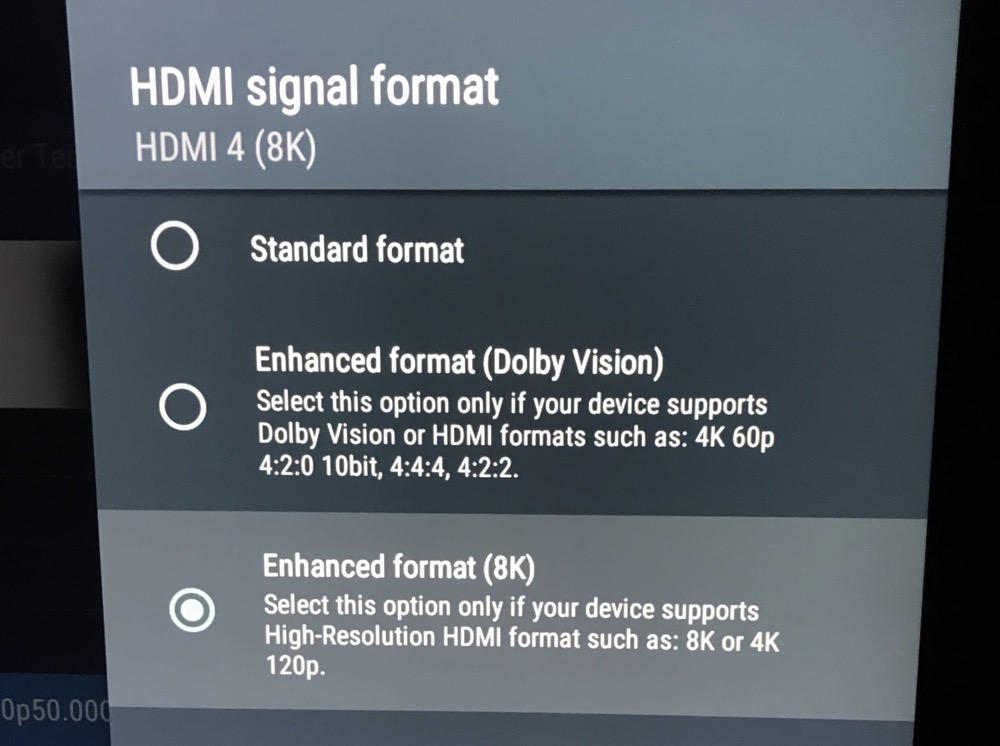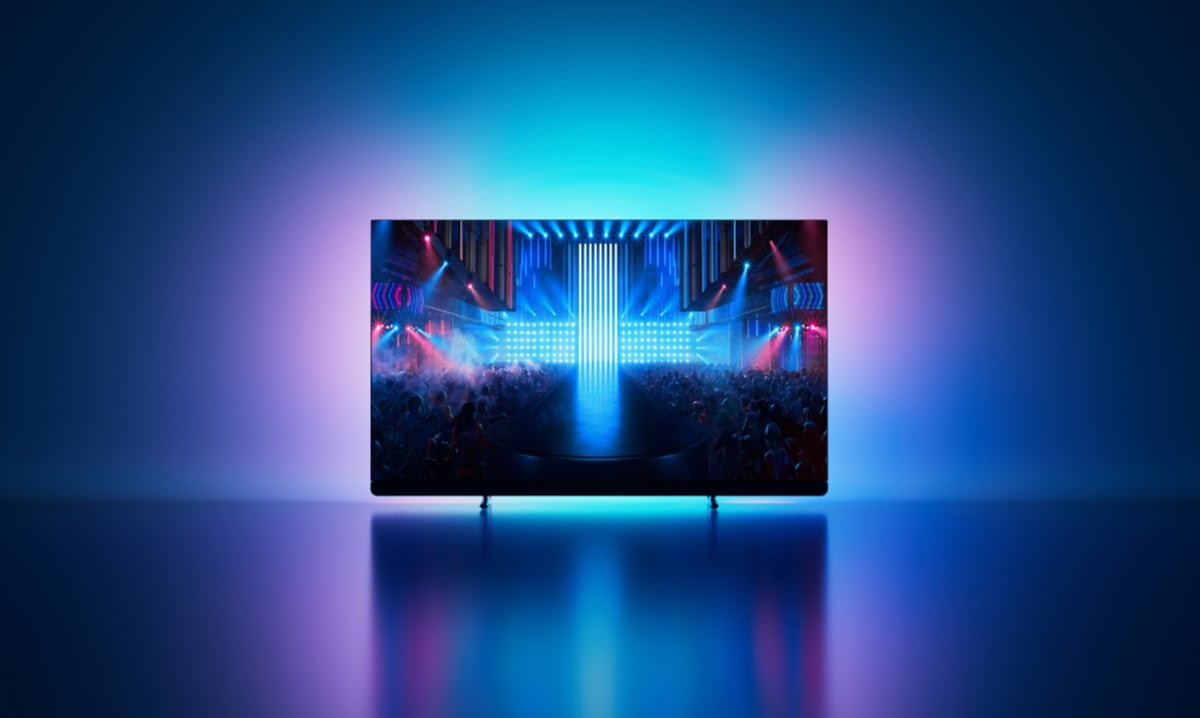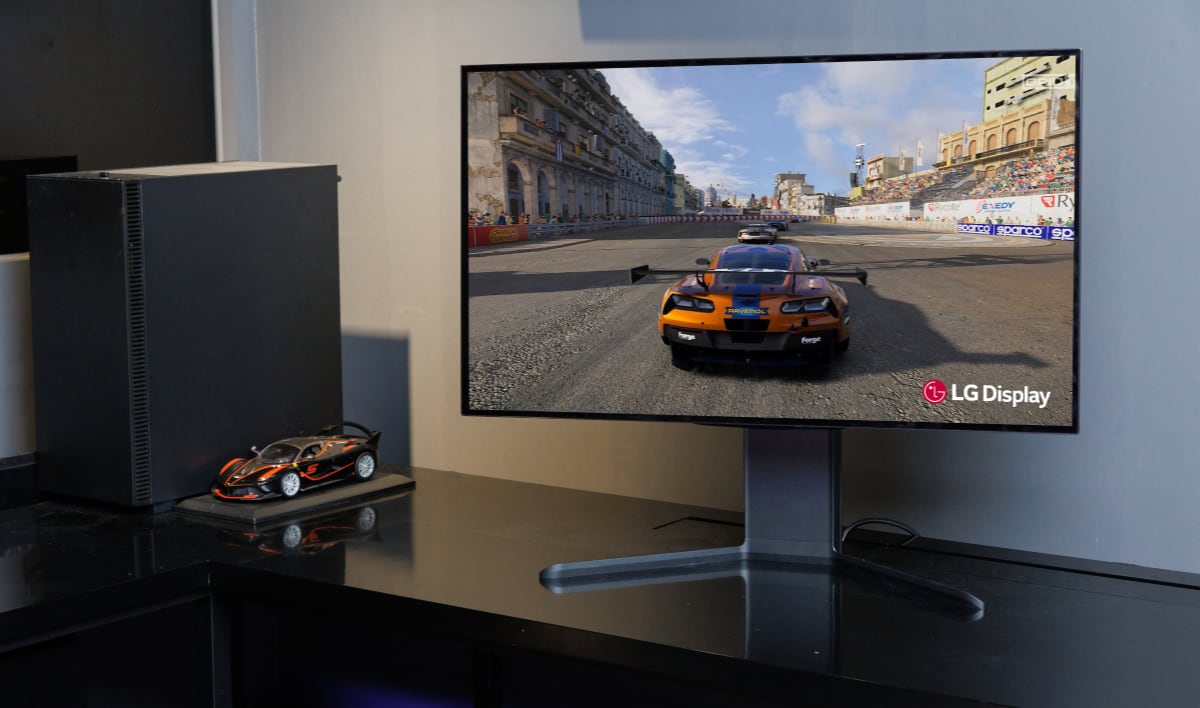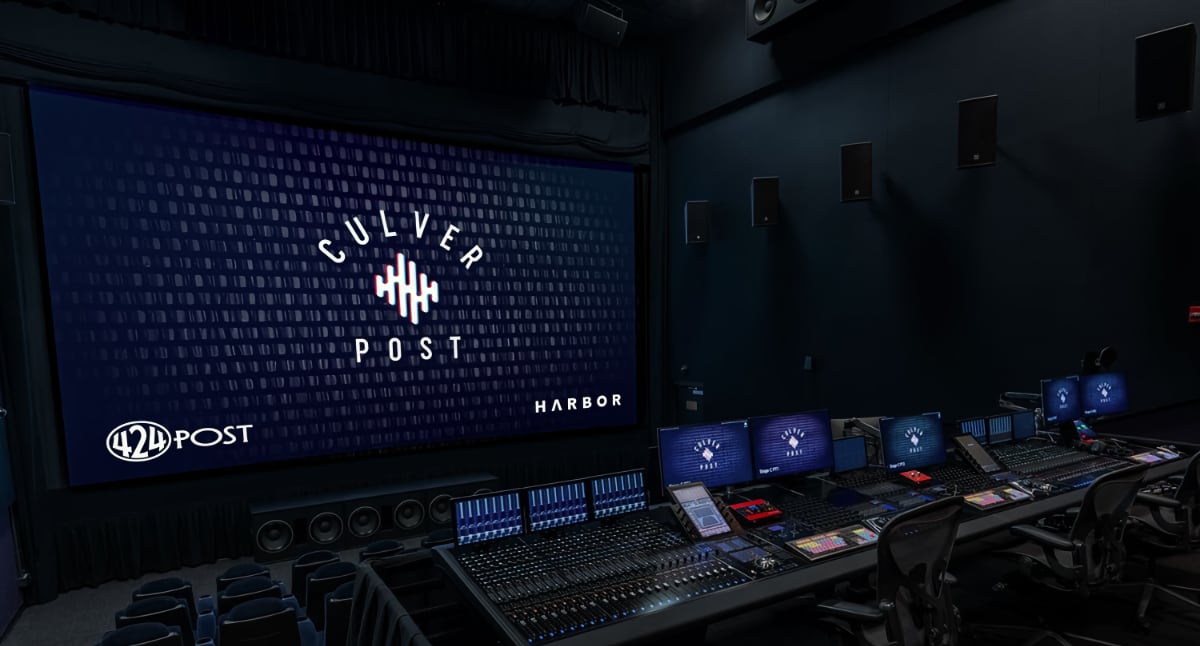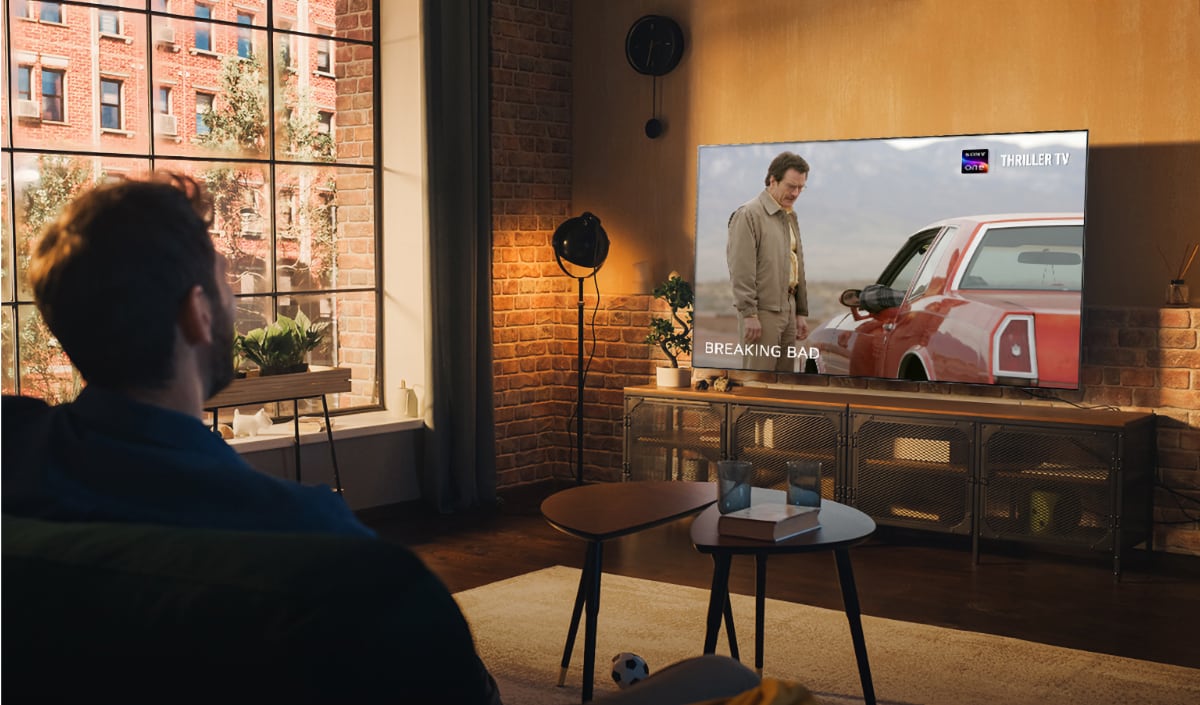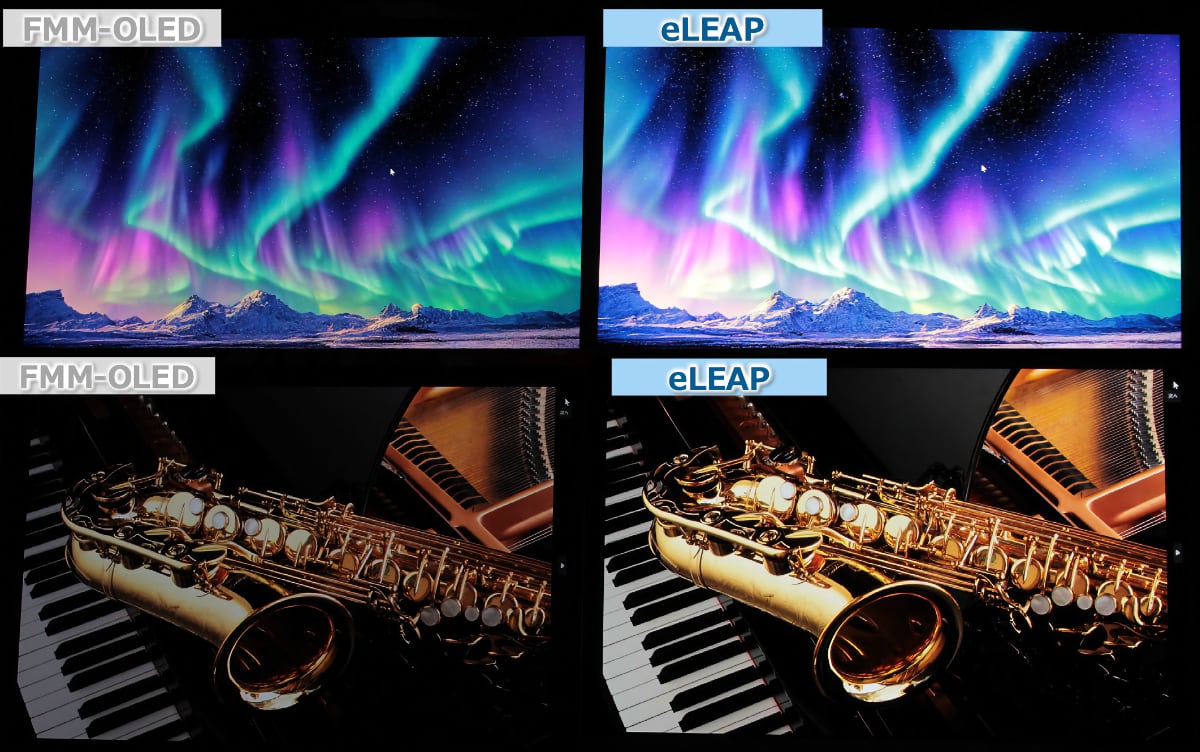Next-gen game consoles like PlayStation 5 and Xbox Series X support 4K120, VRR and 3D audio. Here is what you should know if you are planning to but a new TV for console gaming in 2020 or 2021.
Next-gen tech for next-gen consoles
If you connect the current-gen 4K-capable Xbox One X console to a Full HD TV, you get Full HD. In the same way, next-gen consoles will be compatible with all current TVs with HDMI. You will just not necessarily get all of the benefits.
Sony and Microsoft have confirmed (here & here) that PlayStation 5 and Xbox Series X will support up to 4K120 (4K at 120 frames per second) as well as 8K (but don't expect 8K graphics). Both consoles will also support VRR (variable refresh rate), according to the official specifications.
What does it mean, exactly?
First and foremost, it means that most current TVs will set limitations. Except for a few TVs launched in 2019 and 2020, 4K TVs are typically limited to 4K60 (4K at 60 frames per second) input due to HDMI 2.0. Some of the first 8K TVs on the market may not even be capable of receiving 8K input from game consoles. And although VRR system like FreeSync can be enabled for 4K on HDMI 2.0, its frequency range will be severely limited.
The key word here is HDMI 2.1 – the next version of HDMI. With its higher bandwidth, HDMI 2.1 supports 8K60 and 4K120 as well as VRR (variable refresh rate), which provides a smoother gaming experience with less lag. Specifically, VRR means that a game running at unlocked frame rate on a VRR-compatible game console can vary its frame rate output in realtime, i.e. from 60fps in heavy-processing action sequences to 95fps in medium-processing scenes to 120fps in panning shots – just like FreeSync and G-Sync in PC monitors. A TV with VRR support will automatically adapt its display refresh rate to constantly match the game console's frame rate output.
This type of flexibility will remain important as we do not expect game consoles to be capable of delivering a stable 120fps frame rate in the foreseeable future. VRR will let you enjoy frame rates that fluctuate, without the limitations and issues of the past such as tearing, judder, and increased lag.
To enjoy these next-gen technologies your TV must be equipped with at least one HDMI 2.1 port. Be aware that VRR is optional so it does not come automatically with HDMI 2.1 in TVs. Check out:
FlatpanelsHD's list of TVs with HDMI 2.1
FlatpanelsHD's TV Database
 Gran Turismo in 8K
Gran Turismo in 8K
Buying a new 4K or 8K TV
If you are planning to buy a new TV for console gaming in 2020 or 2021 you should be aware of these new technologies. Over time, they will extend to other types of devices such as media players.
So far there are only a handful of 4K TVs available with HDMI 2.1 ports and features, and some of them come with only a single HDMI 2.1 port. A few 8K TVs feature HDMI 2.1 ports but often lack support for VRR at any resolution. We do not expect next-gen game consoles like PS5 and Xbox Series X to usher in the era of 8K gaming. Remember that 4K120 in terms of bandwidth corresponds to 8K30 (7680×4320×30 = 3840×2160×120 = 995,328,000), and all signs point to 4K120 support being very rare for AAA games, at least initially. 8K60 is double the bandwidth of 4K120. Our advice is to not buy an 8K TV based on the expectation that PS5 and Xbox Series X will make it shine.
Also read: List: 4K TVs & 8K TVs with HDMI 2.1
We expect many more 4K TVs with HDMI 2.1 to launch in 2021 but as mentioned in the previous section HDMI 2.1 ports do not guarantee VRR support. And even if the TV supports VRR, an important determinator for performance is the VRR frequency range. Some TVs with VRR will support only 48-120Hz for 4K while others will have a wider frequency range. The wider it is, the better.
Check the specific TV model in FlatpanelsHD's TV database to get confirmed VRR frequency range data.
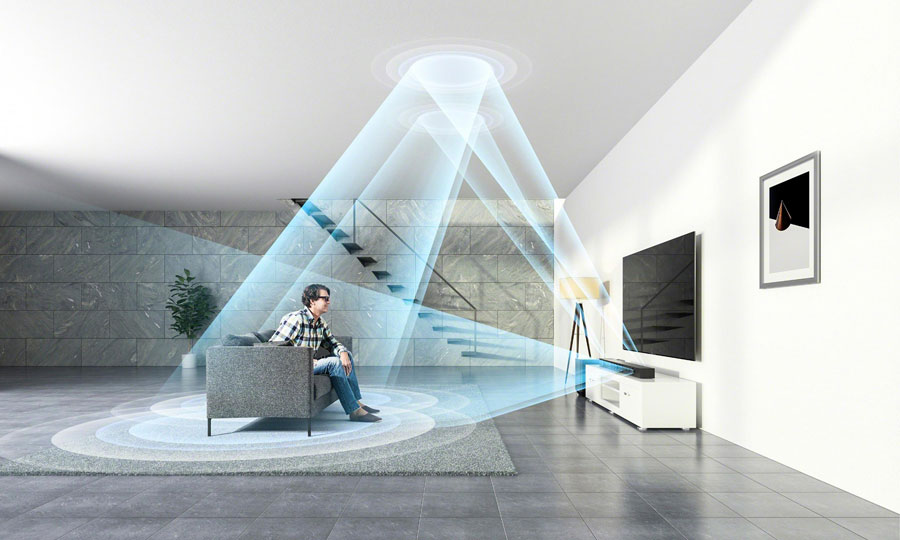
3D audio
There is another important factor; audio. With Xbox One, Microsoft has been experimenting with using object-based audio formats like Dolby Atmos and DTS:X in games. We expect next-gen consoles to represent the breakthrough for 3D audio in games. Microsoft has confirmed Atmos support for Xbox Series X/S while Sony will use its 'Tempest Engine' for 3D audio.
To enjoy object-based audio, or 3D audio, in the living room you need headphones or a proper speaker system, at minimum a high-end soundbar. The challenge is that game consoles with HDMI 2.1 cannot be routed through a receiver or soundbar with HDMI 2.0 passthrough as it will cut off 4K120, 8K and VRR. With HDMI 2.0 in the chain, the console's output will simply be limited to 4K60. You will need a receiver or soundbar with HDMI 2.1 passthrough (and VRR), and the first HDMI 2.1-capable receivers are only now starting to appear.
The other option is to connect PS5 or Xbox Series X/S directly to the HDMI 2.1-compatible TV. For the TV to transmit full-quality audio to a receiver or soundbar, you can rely on HDMI eARC (enhanced Audio Return Channel). eARC is an upgraded version of standard ARC.
There is another twist. Because video/audio lag must be kept to a minimum for gaming, consoles are not using the bitstream output method to deliver object-based audio like Atmos. Rather, gaming audio will be output as uncompressed PCM with metadata (for example Atmos in Dolby MAT PCM). Ensure that the TV's eARC connection supports pass-through of multi-channel PCM. If not, you will encounter audio lag as the TV tries to convert the signal.
Also read: HDMI ARC (Audio Return Channel) and eARC explained
In other words, you should ensure that both your TV and receiver/soundbar are both compatible with HDMI eARC. Follow the link above to see an updated list of TVs with eARC.




